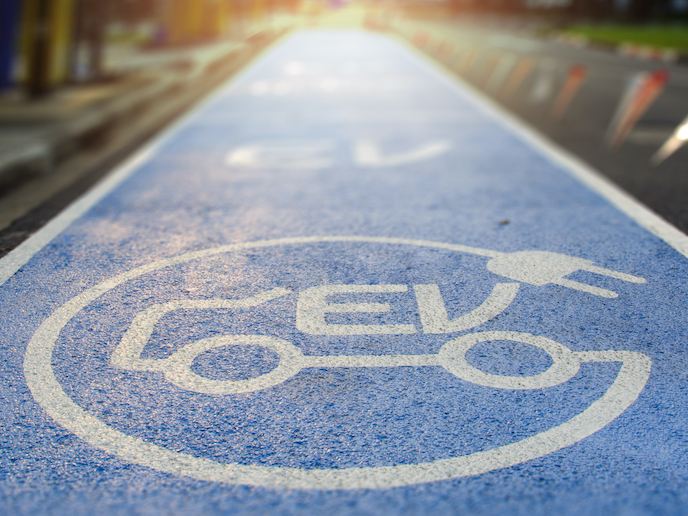Improved all-around performance for electric vehicles helps curb global warming
The 2015 UNFCCC Paris Agreement(opens in new window) set a goal to limit global warming to well below 2 °C compared to pre-industrial levels. To reach this long-term goal, countries set out to achieve climate neutrality by mid-century. Making transport more sustainable with electric vehicles (EVs) could play an important role in this. Studies suggest that the market share of EVs could rise above 30 % by 2030(opens in new window).
Improving EV efficiency
The EU-funded QUIET(opens in new window) project stepped in to develop an improved and energy-efficient EV with increased driving range under real-world driving conditions. The project addressed existing challenges affecting EV performance, from weather conditions to vehicle design and components. The developed technologies were integrated and qualified in a Honda B segment EV(opens in new window) validator. “The overall target was to reduce the energy needed for cooling and heating the cabin of an EV under different driving conditions by at least 30 % compared to the Honda baseline 2017,” explain Hansjörg Kapeller and Dragan Šimić, QUIET project coordinators. Additionally, a weight reduction of about 20 % of vehicle components was also addressed. The project team identified the areas where the greatest efficiency improvements could be made: optimising cabin heating/cooling, reducing cabin heat loss, utilising lightweight components and optimising control strategy.
Advanced lightweight materials lighten the load
The team succeeded in achieving a total weight reduction of 26.5 kg (which corresponds to a weight saving of 24 % compared to standard materials) by applying advanced lightweight materials. This was achieved by designing and manufacturing composite closures for the doors, bonnet hood and tailgate. Moreover, the side and rear windows were changed from glass to polycarbonate, resulting in a weight saving of 35 %. The seat frames were converted from steel to thin-wall aluminium castings, and the seat cushions were optimised for comfort and lightweight, leading to a weight saving of 17 %.
Enhancing energy efficiency and comfort
Extreme climate conditions also compromise EV efficiency. In cold weather, the battery EV driving range is reduced by 56 % and in hot weather by 12 %. The project focused on integrated technologies for enhanced energy efficiency and comfort and carried out extensive tests on the entire vehicle, including re-designing the vehicle thermal management system. Additionally, a novel human-machine interface control specialised in EVs was developed, allowing the user to interact with the user-centric designed thermal and energy management. “All systems were combined and assembled into the fully-functioning demonstrator vehicle and underwent rigorous testing to evaluate performance,” adds Kapeller. Under both winter and summer conditions, the range was improved, achieving the project target: 26 % driving range increase in cold weather and 2 % driving range increase in hot weather. “QUIET provided a series of breakthrough technologies that enable decreasing the energy consumption for heating and cooling while reducing the weight of the entire EV validation platform, resulting in an electric driving range increased by 26 %,” concludes Šimić. The project was a success and is now being shared with original equipment manufacturers and suppliers to ensure the technology can be implemented.







